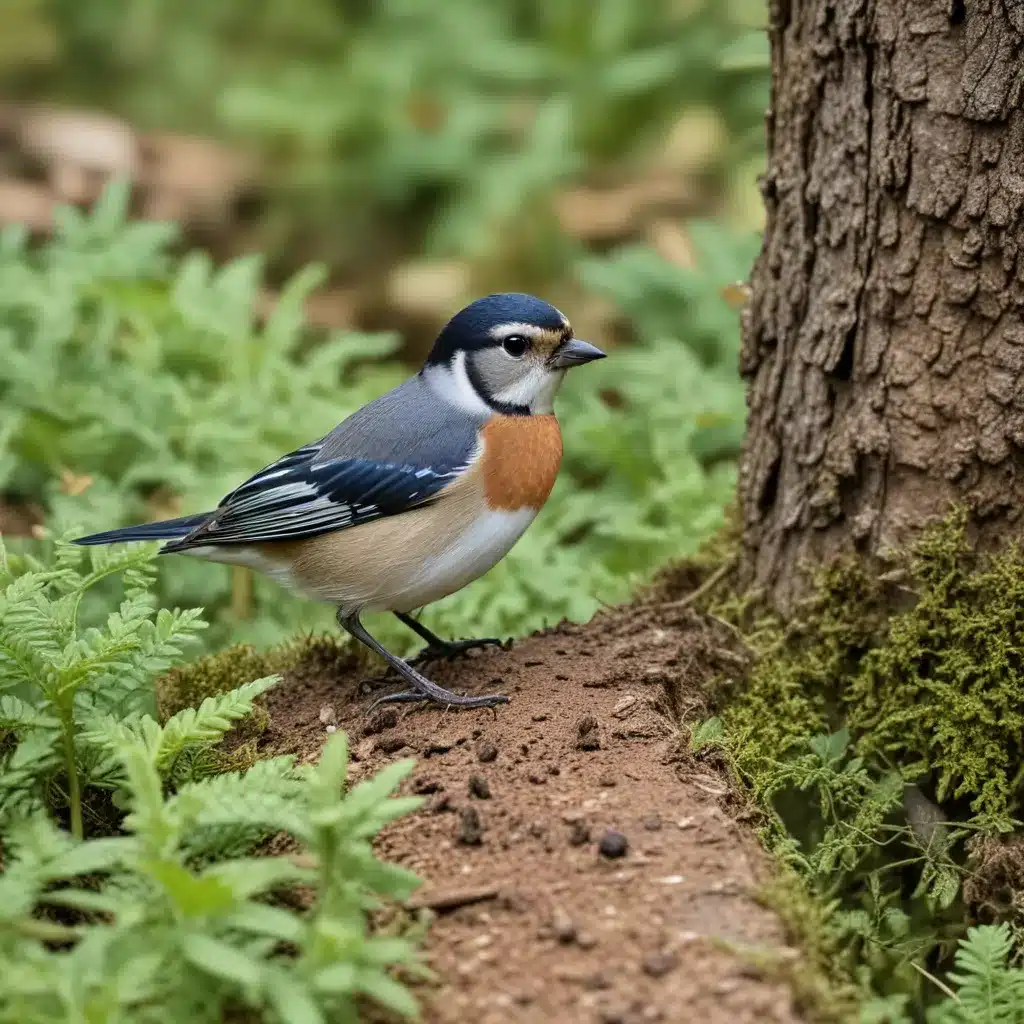
At Crooked Pines Farm, we’re thrilled to welcome visitors to our expansive 1,000-acre property, where they can immerse themselves in the rich biodiversity of our natural habitats. Our Farm Nature Trail winds through a diverse array of ecosystems, from lush grasslands and serene wetlands to shaded forested areas, each teeming with a wealth of native flora and fauna.
As a farm educator, I’m passionate about sharing the wonders of our local wildlife with both children and adults. Let’s embark on a guided exploration of the remarkable biodiversity that flourishes along our Farm Nature Trail.
Ecosystems of the Farm Nature Trail
Grassland Habitats
The rolling hills and gentle slopes of our farm are home to expansive grassland ecosystems, where native prairie grasses like big bluestem, little bluestem, and indiangrass sway in the gentle breeze. These grasslands provide vital habitat for a variety of small mammals, such as meadow voles, thirteen-lined ground squirrels, and eastern cottontails, as well as an abundance of pollinator insects, including monarch butterflies, bumblebees, and native solitary bees.
Wetland Ecosystems
Meandering through our property, you’ll come across serene wetland areas, including vernal pools, freshwater marshes, and riparian corridors along our streams and rivers. These water-based habitats are a magnet for diverse wildlife, from wading birds like great blue herons and green herons to aquatic amphibians like wood frogs and spotted salamanders. Keep an eye out for the iridescent flashes of dragonflies and damselflies as they dart across the surface of the water.
Forested Areas
Interspersed throughout our farmland, you’ll discover pockets of forested landscapes, where towering oak, maple, and hickory trees provide vital habitat and resources for a wide range of creatures. Within these shaded havens, you may spot white-tailed deer, gray squirrels, and eastern chipmunks, as well as numerous species of songbirds, including woodpeckers, warblers, and thrushes.
Native Flora of the Farm Nature Trail
Wildflowers and Flowering Plants
As you wander along the Farm Nature Trail, you’ll be greeted by a vibrant array of wildflowers and flowering plants, each playing a crucial role in the overall ecosystem. From the delicate blooms of wild geranium and Virginia bluebells in the spring to the bold hues of black-eyed Susans and purple coneflowers in the summer, these native species provide nectar and pollen for pollinators and serve as an important food source for countless other organisms.
Grasses and Sedges
Interspersed among the flowering plants, you’ll find a diverse tapestry of grasses and sedges, including the aforementioned prairie species as well as switchgrass, Pennsylvania sedge, and tussock sedge. These unsung heroes of the plant world stabilize the soil, filter water, and offer shelter and nesting material for small mammals and birds.
Shrubs and Understory Vegetation
Beneath the canopy of the forest and the towering grasses, you’ll discover a lush understory of shrubs and low-growing vegetation. These include serviceberry, spicebush, and witch-hazel, which provide food and cover for a variety of wildlife, from white-tailed deer to songbirds and butterflies.
Wildlife Diversity on the Farm Nature Trail
Avian Fauna
The Farm Nature Trail is a birdwatcher’s paradise, with a diverse array of resident and migratory species. Among the permanent residents, you may spot red-tailed hawks, great horned owls, and pileated woodpeckers, while the spring and fall bring an influx of warblers, thrushes, and sparrows as they journey to and from their breeding grounds.
Mammalian Inhabitants
Venture quietly through the various habitats, and you may catch glimpses of our small mammal residents, such as white-footed mice, eastern moles, and short-tailed shrews. Larger species, including white-tailed deer, coyotes, and red foxes, also call our farm home, playing key roles in the local ecosystem.
Conservation Efforts on the Farm Nature Trail
Habitat Management Strategies
At Crooked Pines Farm, we are committed to responsible stewardship of our natural resources. Our team of dedicated conservationists works tirelessly to maintain the health and diversity of our habitats through strategies like invasive species control, native plant restoration, and wetland protection. By carefully managing these vital ecosystems, we ensure that the rich tapestry of life on our farm can thrive for generations to come.
Monitoring Biodiversity
To better understand the dynamics of our local wildlife populations, we conduct regular species inventories and track population trends across the Farm Nature Trail. By monitoring the presence and abundance of indicator species, such as meadowlarks, monarch butterflies, and wood frogs, we can gauge the overall health and resilience of our ecosystems.
Recreational and Educational Opportunities
Trail Features and Amenities
As you explore the Farm Nature Trail, you’ll find a wealth of interpretive resources to enhance your experience. Strategically placed observation platforms offer breathtaking vantage points for birdwatching and wildlife viewing, while informative signage along the trail provides insights into the diverse flora and fauna you encounter.
Environmental Education Programs
At Crooked Pines Farm, we believe that fostering a deep appreciation for the natural world is essential. That’s why we offer a variety of educational programs for visitors of all ages, from school field trips that immerse students in hands-on learning to citizen science initiatives that engage the community in valuable biodiversity monitoring projects. Through these engaging experiences, we hope to inspire the next generation of environmental stewards.
So, whether you’re a nature enthusiast, a budding young ecologist, or simply someone seeking to connect with the great outdoors, we invite you to explore the wonders of the Farm Nature Trail at Crooked Pines Farm. Discover the rich tapestry of life that thrives in our diverse habitats, and join us in our mission to protect and nurture this precious natural resource.


